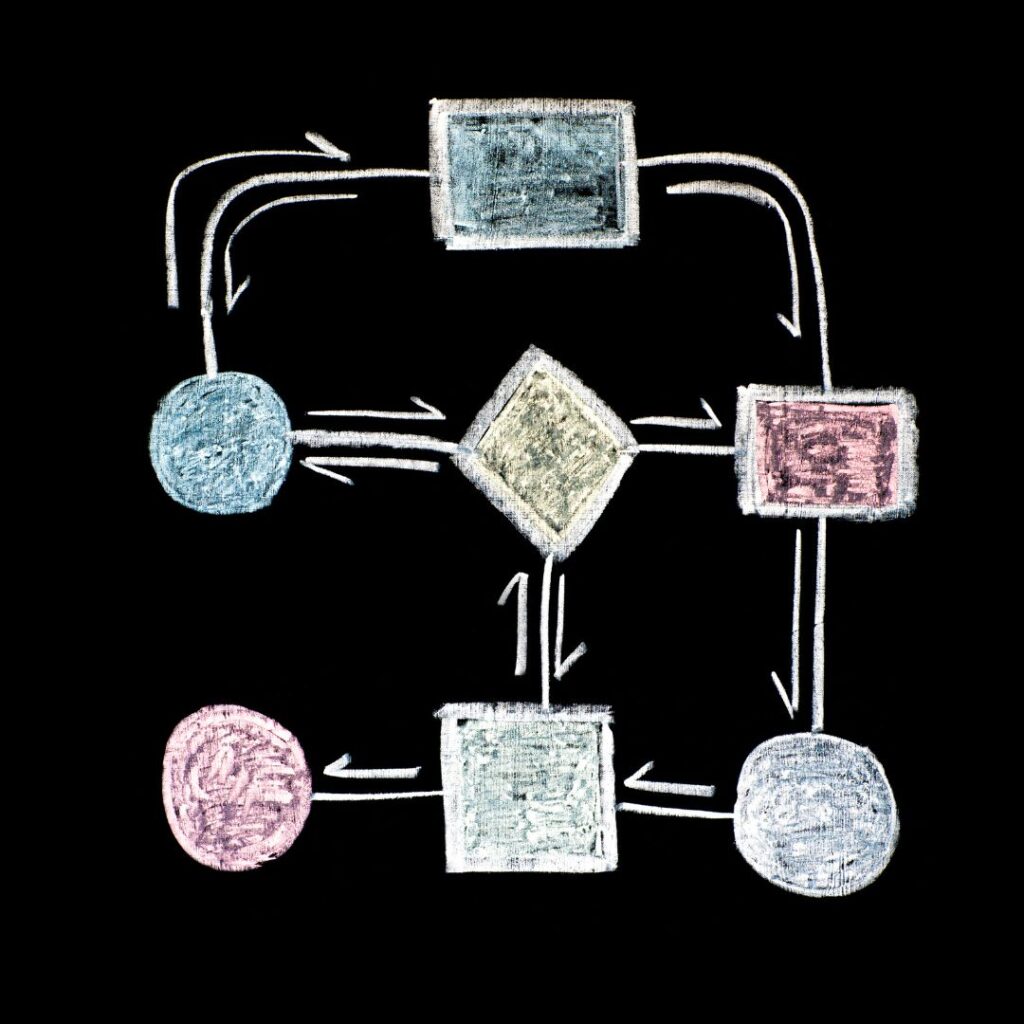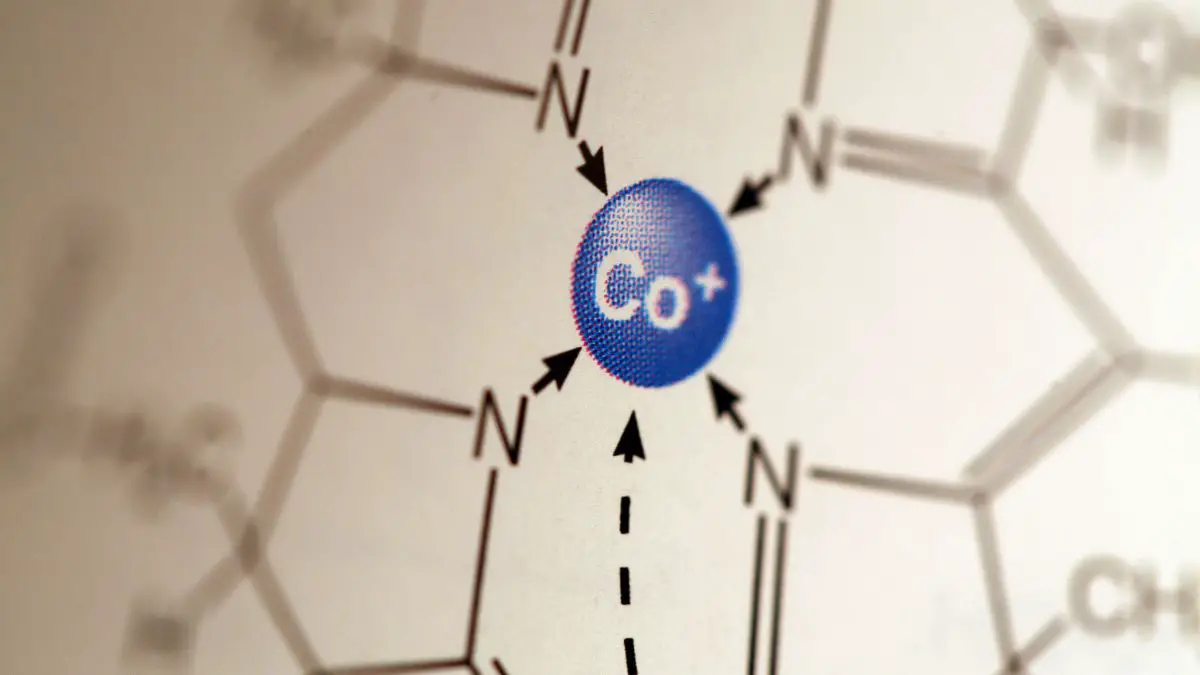Table of Contents
- Introduction
- The Evolution of Abstracts in Scholarly Communication
- What Makes a Graphical Abstract Effective?
- Enhancing Visibility and Reach
- Improving Comprehension and Retention
- Integration into Editorial and Publishing Workflows
- Challenges and Limitations
- Looking Ahead: Future Trends and Opportunities
- Conclusion
Introduction
In the fast-paced world of scholarly communication, attention is a scarce commodity. With thousands of new research articles published daily, even the most groundbreaking studies risk obscurity unless presented in an accessible, appealing way. Among the many strategies academic publishers and researchers use to address this challenge, the graphical abstract has emerged as a surprisingly powerful tool. Far from being mere visual accessories, graphical abstracts offer a strategic advantage—boosting visibility, improving comprehension, and increasing discoverability across platforms.
Traditionally, abstracts served as concise textual summaries of research, helping readers determine the relevance of a study without reading the entire article. However, in the digital era, where social media, content aggregators, and search engine previews dominate the flow of academic content, the limitations of the plain-text abstract are increasingly evident. A well-designed graphical abstract can act as a visual elevator pitch, distilling complex findings into a format that is quick to consume, easy to understand, and more likely to be shared. This article explores the evolving role of graphical abstracts in scholarly publishing, their impact on research dissemination, best practices for their creation, and how publishers can integrate them into editorial workflows for maximum effect.
The Evolution of Abstracts in Scholarly Communication
Abstracts have long served as gatekeepers of academic content. Their purpose is clear: to provide a condensed version of the research question, methodology, results, and conclusions. Yet, despite their utility, traditional abstracts come with inherent limitations. They require time and attention—two commodities researchers rarely have in abundance. As such, the scholarly community has grown interested in alternative summary formats that can convey key points at a glance.
The emergence of the graphical abstract represents a direct response to the attention economy of the digital age. Borrowed from fields like marketing and journalism, where infographics have proven highly effective, graphical abstracts blend design and content to produce concise visual summaries of scientific work. Publishers such as Elsevier, Springer Nature, Wiley, and PLOS were among the early adopters of graphical abstracts, encouraging or mandating them in select journals. Over time, their use has expanded to disciplines ranging from medicine and chemistry to social sciences and engineering.
This evolution reflects a broader shift in how academic content is consumed. Today’s researchers often engage with papers through digital platforms, previews, and feeds. In this context, visuals outperform text in capturing attention and conveying meaning quickly. The graphical abstract is no longer a nice-to-have embellishment; it’s becoming a critical component of academic communication strategy.
What Makes a Graphical Abstract Effective?
Not all visuals are created equal. The success of a graphical abstract depends on how well it captures the essence of a study while remaining visually clear and engaging. An effective graphical abstract is not just attractive—it is purposeful, concise, and contextually accurate.
At its core, a strong graphical abstract simplifies the narrative of a study into a single frame. This might include diagrams, icons, simplified charts, or conceptual illustrations. The key is to represent the main question, approach, and findings in a way that can be quickly grasped without oversimplifying or misrepresenting the research. A good design avoids clutter, uses readable fonts, and employs a visual hierarchy that guides the viewer’s eye through the content logically.
Color choice and layout also matter. Consistent use of colors helps differentiate elements, while white space ensures that the visual doesn’t become overwhelming. Ideally, a graphical abstract should be interpretable within five seconds and serve as a standalone summary that entices the viewer to read the full paper.
Moreover, it’s essential to consider accessibility. Visuals should accommodate color-blind users and remain legible when scaled down for use on websites or social media. Researchers and publishers should follow basic design principles and, when possible, work with professional illustrators or design software that supports clarity and accessibility.
Enhancing Visibility and Reach
In a landscape crowded with content, discoverability is a survival skill. Graphical abstracts offer a clear advantage in this regard. Numerous studies and anecdotal reports suggest that articles featuring graphical abstracts experience higher engagement rates than those without. This includes increased downloads, shares, citations, and social media interactions.
Platforms such as X, LinkedIn, and ResearchGate have become informal arenas of scholarly discussion. A tweet featuring a well-crafted graphical abstract is more likely to catch the eye than a plain-text headline or journal citation. The same holds true for institutional repositories and open-access databases, where visual elements make research outputs more approachable and browsable.
Search engine optimization (SEO) also plays a role. Images embedded with relevant metadata, file names, and alt text contribute to the article’s discoverability in image searches. For example, Google Images and Google Discover increasingly highlight visuals associated with relevant scholarly articles, giving an added boost to those that include graphical abstracts.
In addition to organic reach, graphical abstracts enhance visibility through structured content integration. Many journal platforms now allow authors to upload graphical abstracts as part of their submission, displaying them alongside the article title or within article preview cards. This integration supports more engaging Table of Contents pages and enhances the overall user experience on journal websites.
Improving Comprehension and Retention
It’s not just about being seen—graphical abstracts help people understand and remember what they’ve read. Cognitive psychology tells us that humans process visuals faster than text and retain visual information more effectively. When presented visually, complex information becomes more digestible and less intimidating, especially for interdisciplinary readers.
This is especially relevant in highly technical fields, where jargon and specialized terms can act as barriers. A graphical abstract can bridge that gap by showing rather than telling. For instance, a flowchart can illustrate a novel algorithm’s process, or a schematic can explain a molecular structure more intuitively than a textual description ever could.
For educators and students, graphical abstracts also serve as powerful learning aids. They provide visual anchors that reinforce key concepts and facilitate deeper discussion. In this sense, their use can extend beyond the article itself, becoming part of presentations, coursework, and review materials that further disseminate and contextualize the research.
Moreover, graphical abstracts may help engage non-specialist audiences. Policymakers, journalists, funders, and the general public increasingly encounter scientific content online. A concise visual summary can act as a bridge between technical rigor and public understanding, supporting the broader mission of science communication.
Integration into Editorial and Publishing Workflows
For graphical abstracts to deliver their full potential, they must be woven into the publishing workflow, not treated as last-minute add-ons. This requires alignment between authors, editors, reviewers, and production teams. Journals that actively promote graphical abstracts typically include clear guidelines for their creation, file formats, dimensions, and design recommendations.
Some publishers have developed templates or offer in-house design services to support authors, while others encourage tools like BioRender, Mind the Graph, or Canva. In fields where graphical abstracts are becoming the norm, researchers often build internal capacity, learn design basics, or collaborate with design-savvy colleagues.

Review processes are evolving too. Some journals now include evaluation of the graphical abstract as part of peer review, checking for accuracy, clarity, and relevance. This step helps ensure quality and alignment with the article’s message. It’s not uncommon for reviewers to suggest edits to graphical abstracts, just as they would for text.
Post-acceptance, production teams handle optimization for web and mobile formats. File naming conventions, accessibility tags, and appropriate metadata are added to ensure proper indexing and display. Platforms like Elsevier’s ScienceDirect and Springer’s Article Preview Pages prominently showcase graphical abstracts, indicating their value in UX design.
For publishers with limited resources, integrating graphical abstracts incrementally—starting with key journals or article types—can be a practical strategy. Over time, data on engagement and reader behavior can help refine policies and guide broader implementation.
Challenges and Limitations
Despite their benefits, graphical abstracts are not without challenges. The first is the question of quality control. Poorly designed visuals can mislead readers, obscure findings, or undermine the professionalism of the publication. Ensuring consistency and scientific accuracy requires oversight, which can be difficult for under-resourced editorial teams.
There’s also the issue of authorship. Not all researchers are trained in visual communication, and not every lab has access to design tools or expertise. This can create disparities in how effectively different authors use graphical abstracts, particularly across regions or institutions with varying support levels.
Furthermore, some disciplines may resist graphical abstracts altogether, viewing them as superficial or misaligned with the nature of their scholarship. Humanities and theoretical fields, for instance, may struggle to represent nuanced argumentation in a single visual frame. In these cases, alternative formats such as visual summaries or illustrated pull quotes might be more appropriate.
Lastly, there’s the danger of over-reliance. A compelling visual should complement the research, not replace rigorous reading. Publishers and authors must resist the temptation to prioritize aesthetics over substance. The graphical abstract is a door, not the house—it should invite the reader in, not stand in for the article itself.
Looking Ahead: Future Trends and Opportunities
As academic publishing continues to evolve, graphical abstracts are poised to play an even greater role in the dissemination ecosystem. With advancements in AI and design automation, we may soon see tools that can generate draft graphical abstracts from article text, giving authors a starting point to customize and refine.
Video abstracts and interactive visuals are another frontier. These formats can combine motion graphics, narration, and interactivity to convey research stories in dynamic, engaging ways. Journals and platforms that support these formats may attract more attention, especially from younger researchers and broader audiences.
Publishers can also explore integration with altmetrics dashboards, where graphical abstracts are used in previews of social media shares, blogs, or news coverage. Embedding shareable visuals directly into dissemination strategies helps maximize return on investment in research visibility.
The rise of open access publishing further supports the graphical abstract’s prominence. When barriers to reading are removed, the challenge becomes discoverability, and here, visuals can play a pivotal role in attracting readers and conveying credibility.
To capitalize on these opportunities, academic publishers should treat graphical abstracts as a strategic asset. Investing in design literacy, editorial standards, and author support systems will pay dividends in readership, citation, and reputation.
Conclusion
Graphical abstracts are much more than decorative thumbnails—they represent a paradigm shift in how scholarly knowledge is communicated. In an information-saturated world, they help research stand out, get read, and be understood. Their ability to enhance visibility, boost comprehension, and increase discoverability makes them an essential tool for modern academic publishing.
While challenges remain in terms of quality, equity, and disciplinary fit, the potential benefits far outweigh the drawbacks. With thoughtful integration into publishing workflows and continued innovation in design and technology, graphical abstracts can help bridge the gap between dense academic prose and an increasingly visual, fast-moving digital world.
For publishers, researchers, and institutions looking to elevate their communication strategy, the message is clear: invest in graphical abstracts not as an afterthought, but as a core component of your publishing vision. Doing so will help ensure that great research gets the attention—and impact—it deserves.
